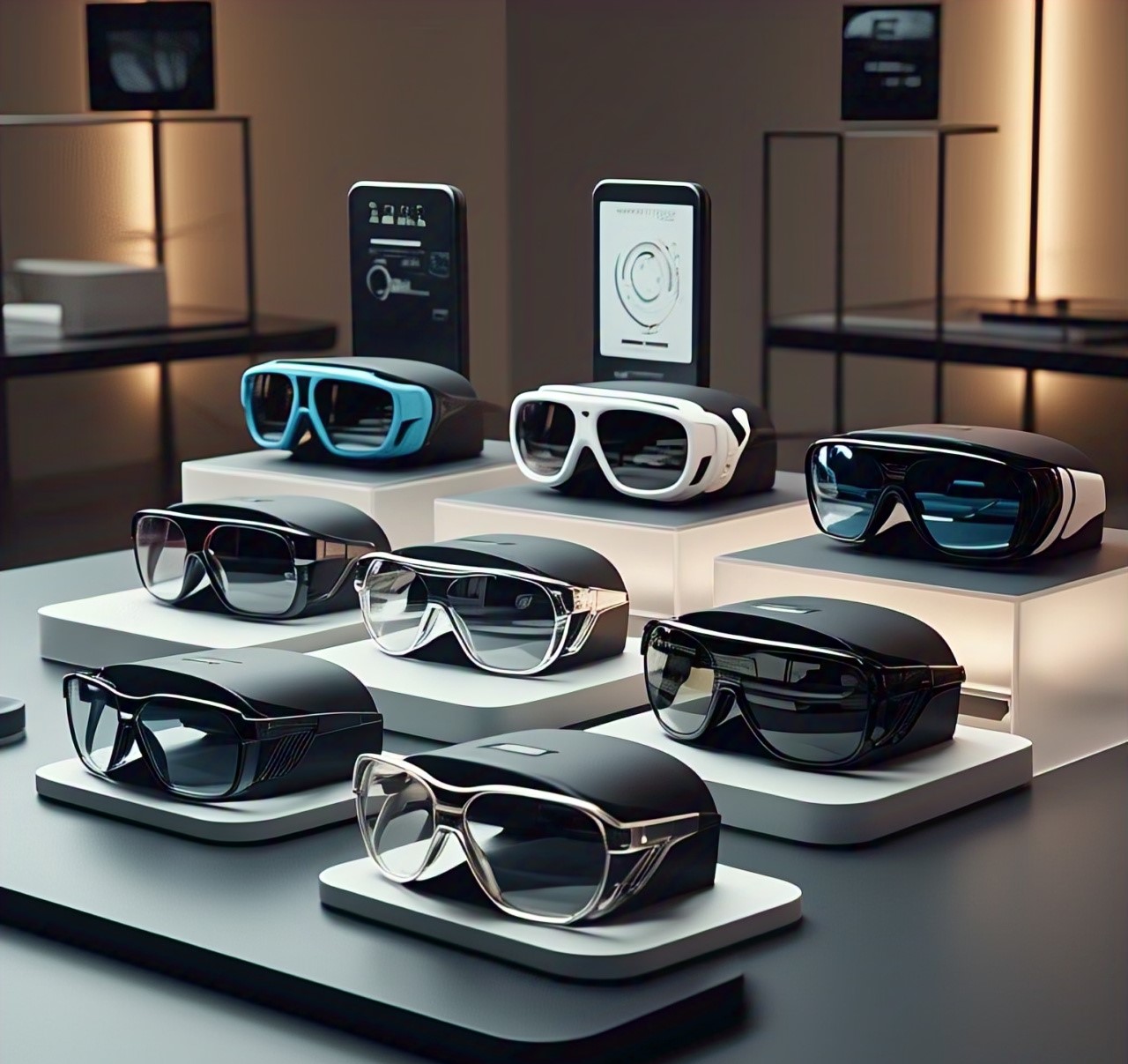Choosing the right smart glasses involves balancing style, functionality, and compatibility with your lifestyle. Here’s a step-by-step guide to help you pick the perfect pair:
Define Your Primary Use Case
Augmented Reality (AR): For overlaying digital info (e.g., navigation, notifications).
Fitness & Health: Track workouts, heart rate, or UV exposure.
Audio-Centric: Wireless earbuds built into frames (e.g., music, calls).
Everyday Convenience: Hands-free notifications, voice assistants, or photography.
Fashion & Accessibility: Prescription lenses with subtle tech integrations.
Types of Smart Glasses
AR Glasses (e.g., Microsoft HoloLens, Nreal Air):
Pros: Advanced displays for immersive experiences.
Cons: Bulky, expensive, shorter battery life.
Audio-Focused (e.g., Bose Frames, Amazon Echo Frames):
Pros: Discreet speakers, voice assistant integration.
Cons: Limited visual tech.
Camera Glasses (e.g., Ray-Ban Meta):
Pros: Built-in cameras for photos/videos, livestreaming.
Cons: Privacy concerns, shorter battery.
Fitness Smart Glasses (e.g., Oakley Radar Pace):
Pros: Workout tracking, coaching, UV protection.
Prescription Smart Glasses (e.g., Vuzix Blade, Luxexcel):
Pros: Custom lenses with tech features.
Key Features to Consider
Display Quality (for AR):
Resolution, brightness, and field of view (FoV).
Battery Life:
4–8 hours for AR/camera glasses; 12+ hours for audio-focused models.
Audio Quality:
Open-ear speakers vs. bone conduction (for situational awareness).
Compatibility:
iOS/Android support, app ecosystem, and voice assistants (Alexa, Siri).
Comfort & Fit:
Adjustable nose pads, lightweight frames, and UV protection.
Privacy Features:
LED indicators for cameras/mics, data encryption.
Lens Options:
Prescription compatibility, polarized, or transition lenses.
Budget Considerations
Budget (50–300): Audio-focused models (Bose Frames, Echo Frames).
Mid-Range (300–600): Camera glasses (Ray-Ban Meta) or basic AR (Vuzix Blade).
Premium (600–2,000+): Advanced AR (Microsoft HoloLens) or custom prescription tech.
Top Brands & Models
AR/Display Tech: Microsoft, Nreal, Magic Leap.
Audio & Camera: Ray-Ban (Meta), Bose, Amazon.
Fitness: Oakley, Razer Anzu.
Prescription: Vuzix, Luxexcel.
Connectivity & Apps
Wireless: Bluetooth 5.0+, Wi-Fi, or cellular (e.g., Verizon-connected glasses).
App Ecosystem:
AR apps (e.g., navigation, gaming), fitness platforms, or photo editors.
Privacy & Ethics
Check local laws about recording in public.
Opt for models with physical camera/mic shutoffs.
Example Recommendations
Casual Use: Ray-Ban Meta ($299) – Camera, audio, and voice assistant.
Fitness: Oakley Radar Pace ($450) – Coaching and UV tracking.
AR Enthusiast: Nreal Air ($379) – Portable AR for gaming/media.
Minimalist Audio: Bose Frames Tempo ($249) – Sport-ready sound.
Final Tips
Try Before Buying: Test comfort and display clarity.
Check Return Policies: Tech glasses can be finicky.
Future-Proofing: Look for updatable software/hardware.
Warranty: At least 1 year for electronics.
By aligning your needs with the right features, you’ll find smart glasses that enhance productivity, entertainment, or fitness without compromising style. 👓✨

